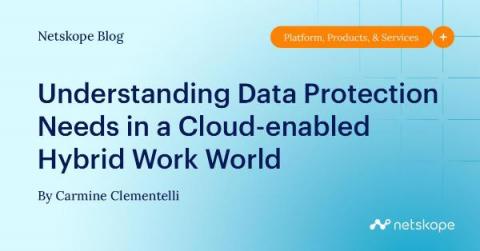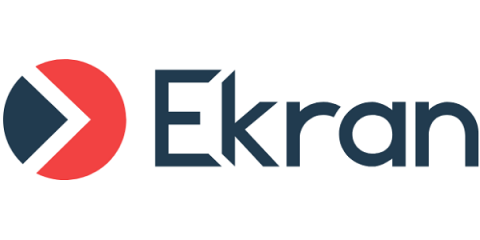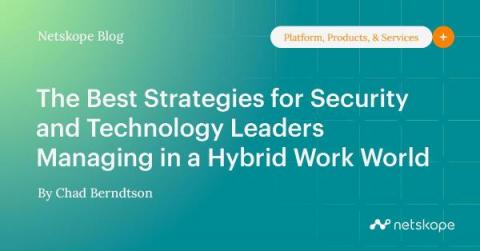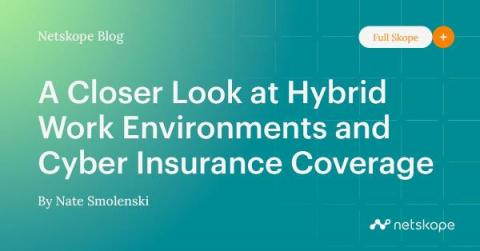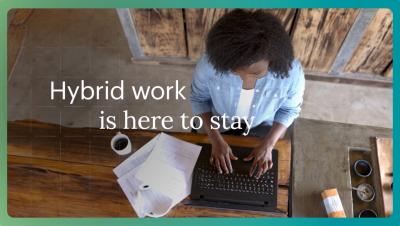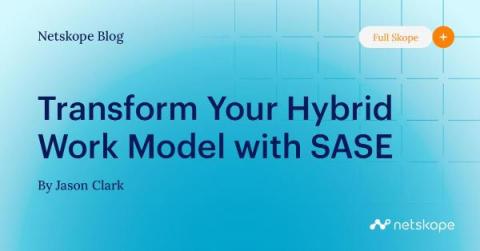Ensuring Secure, Scalable, and Sustainable Remote Access for the Hybrid Workforce
Remote or hybrid work have become the de facto standard for many companies, post-pandemic, as more employees demand more flexible workplace policies. Therefore, organizations looking to support hybrid work will require a long-term strategy that ensures their infrastructure is equipped to securely facilitate this new flexible work environment.




